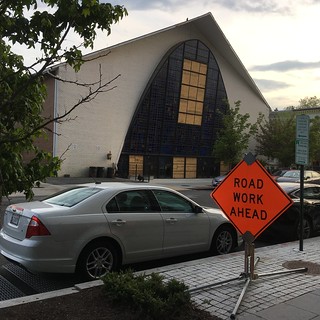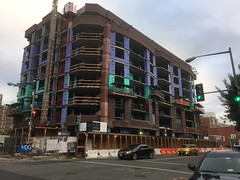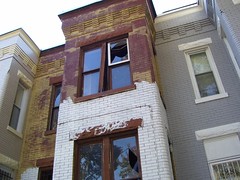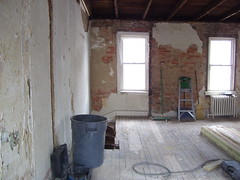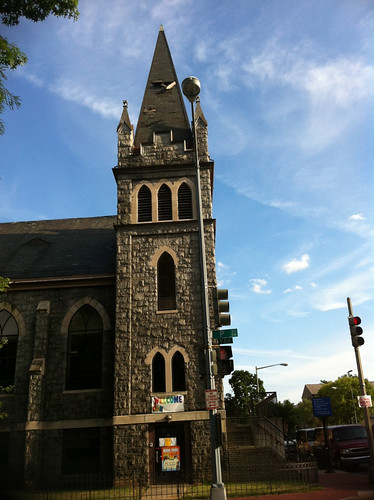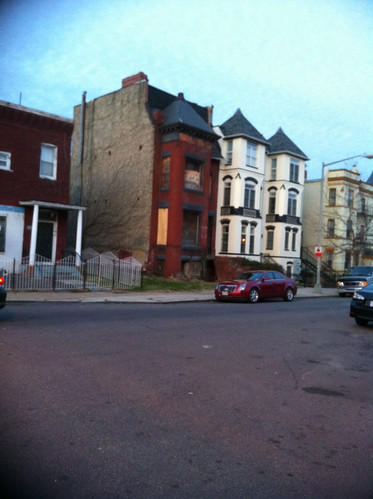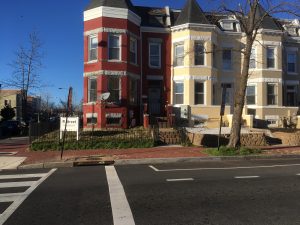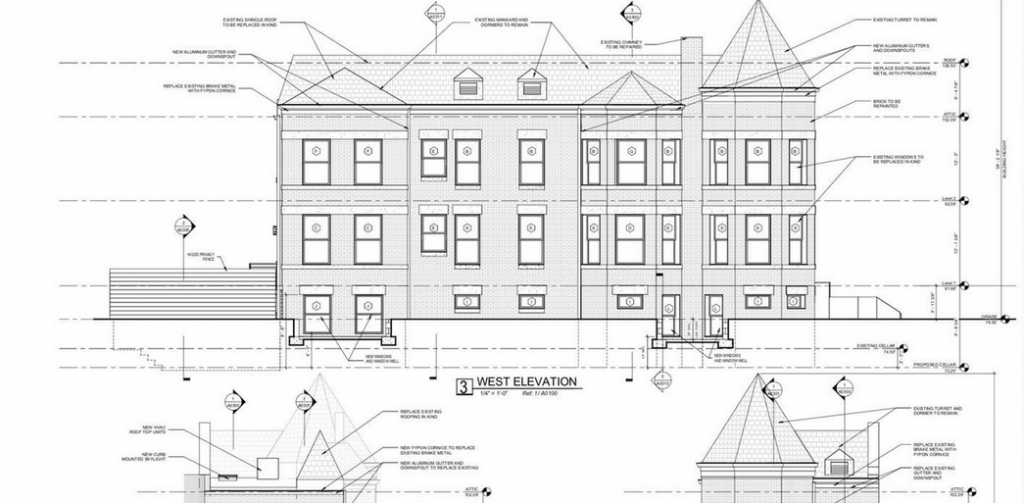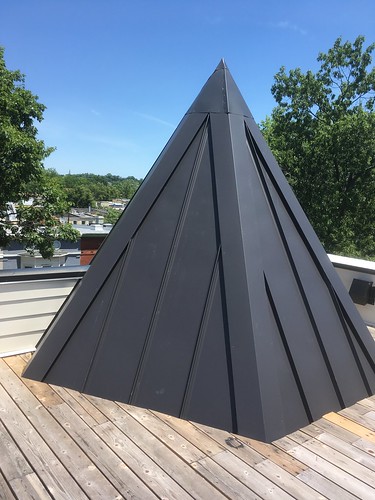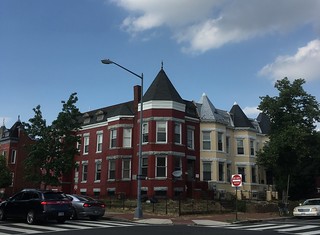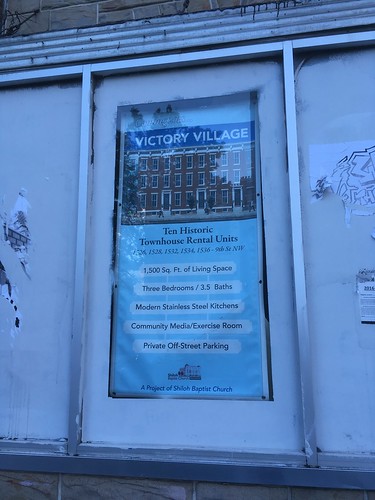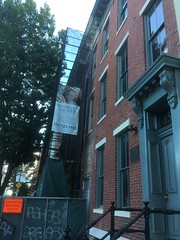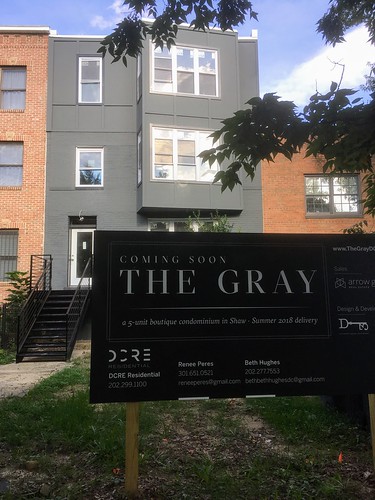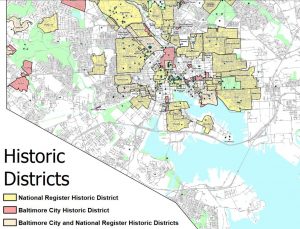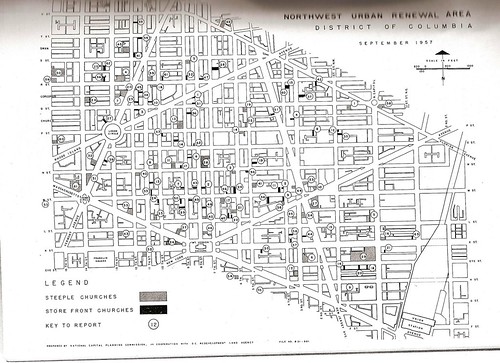
I thought I had a photo of this church, but I don’t and I don’t feel like snatching one off of Google Street view, but plug in 501 P St NW and you can see the building that is there. Or you can go to the church’s Facebook page and see photos of the church there.
Church Survey Northwest Urb… by on Scribd
So I’m trying something new here. Putting the PDFs on Scribd, so I can share this. So let’s go over the church’s info shall we?
It reported having 175 members with 85 showing up for regular worship service. For those of you unfamiliar with church attendance, not everyone shows up every week. You’ve got once a week, once a month, and once everyso often members. Depending on the church, some people can remain on membership rolls long after they’ve moved to another church or stopped attending all together. Also some people attend and don’t become members. So there is that.
There is another section about membership, that’s the juicy part, if the info is there. It is a black church. That’s sort of in the name, AME, African Methodist Episcopal church, but they identify as “negro” church. Unfortunately, they don’t describe the geographic disbursement of the membership, so I don’t know if this is a neighborhood or commuter church. However, later in the report, at the end, they mention the location is central to it’s membership, which hints that it may be more of a local commuter church. I add ‘local’ as in not in the neighborhood, but having people commute by foot or bus from nearby neighborhoods. This is the 50s, people would send their kids to walk to school miles away, in the snow, uphill, both ways. The occupational distribution is also interesting, as the church reports membership being 50% white collar and 40% unskilled labor.
So what do you think about this church history?

